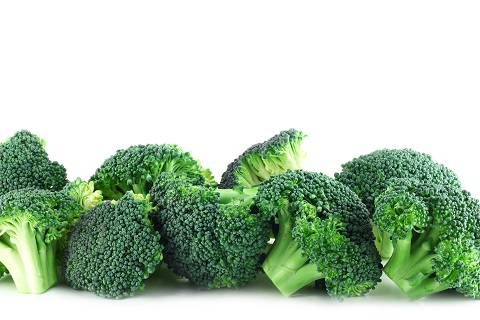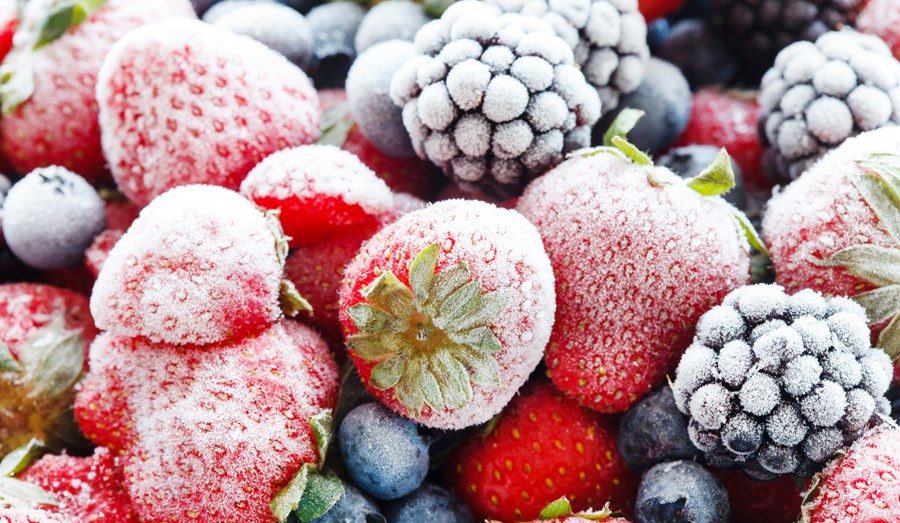The taste and quality of fresh fruit and vegetables could be the difference between your customers loving their experience or leaving a disgruntled review online. Consumers have become accustomed to the availability of a diverse variety of fruit and vegetables all year round and meeting the demands and expectations of end-users can be costly.
There are many benefits to providing fresh produce to your customers. However, the underlying hassle of maintaining consistent quality, costs, wastage, portion control, availability and food preparation labour costs can be draining on you, your staff and your profit margin.
The fact is, maintaining fresh food quality and costs, in an isolated location, or across multiple sites is challenging. It only takes a natural disaster to cause a supply shortage that results in prices skyrocketing.
Aside from the disruption caused by natural disasters, economic pressures can also disrupt the availability and cost of produce. Consumer anxiety has reached the highest levels in three years (Australian Financial Review, Feb 2019) with households spending less on discretionary items and activities. Households admitted they had decreased their spending on travel, entertainment and eating out, due to heightened worry about their financial conditions.
As a result of economic and global pressures, the price of commodity increases, driving the cost up significantly for your customer. However, with customers already tightening their budgets, passing these costs onto them can be risky. Returning customers may not accept the new price increase and go elsewhere, and new customers may try a cheaper alternative. Frozen products are often less expensive than similar chilled or fresh foods, they remain at a consistent price-point and are readily available all year round.
Another factor to consider when purchasing fresh produce is quality control. Fresh produce is more venerable to damage, tampering, and hygiene related issues. Depending on the type of fruit and vegetable and the availability ‘store-bought fresh’ produce can be stored for a few days to a year or more before it arrives in stores.
Are Frozen Foods Healthier Than Fresh?
A British study found antioxidant levels in frozen produce can be higher than in fresh fruit and vegetables. Professor Graham Bonwick of the University of Chester’s Environmental Quality and Food Safety Research Unit, who led one of the studies, said: “Our data concluded that the concentrations of antioxidant compounds measured in frozen resembled those observed in corresponding fresh produce prior to refrigerated storage. However, unlike frozen, some fresh produce concentrations exhibited a decrease during refrigerated storage to levels below those observed in the corresponding frozen produce. The effects were most noticeable in soft fruits.”
At Leatherhead Food Research, author of the second study Dr. Rachel Burch, said: “These results demonstrate that frozen can be nutritionally comparable to ‘fresh’ produce. We must disregard the mistaken opinion that ‘fresh’ food is always better for us than frozen food.” “Freezing, in essence, is nature’s pause button,” commented researcher Ronald Pegg, Ph.D. “It maintains freshness, slows down enzymatic reactions, increases the time it takes anything to degrade.” Fresh produce, by contrast, is “a living material—it respires, there are oxidation and enzymes operating. It degrades over time and loses nutrients. That’s normal and to be expected.”
Apart from minimising nutrient loss, frozen food has many other benefits. Frozen produce is picked at peak ripeness and frozen shortly after harvest, in some instances within three hours and allows consumers to enjoy a varied range of fruits and vegetables all year round. It also enables retailers to avoid commodity price fluctuations allowing a consistent margin across multiple locations while helping to boost profits by reducing costs.







